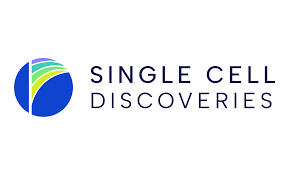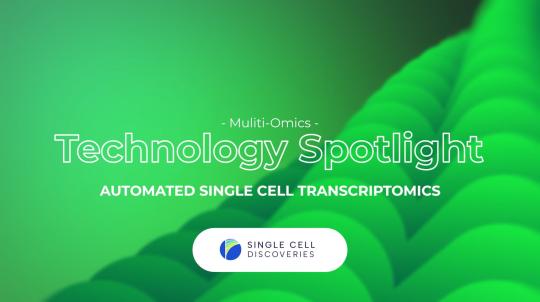Mauro Muraro, CEO & Co-Founder of Single Cell Discoveries began by highlighting the importance of selecting the right technology: in spatial transcriptomics or single cell there is no one-size-fits all solution. Instead, the appropriate technology should be based on the biological question, sample type and project objectives.
On the single cell side, the company offers single cell sequencing which is flow cytometry plate based. SORT & VASA-seq are particularly useful when analysing a rare cell population in high levels of detail. For example, VASA-seq gives up to 12,000 genes per single cell and total and full RNA length. On the high throughput side of things, Single Cell Discoveries has commercially available platforms such as 10X, Parsebio, and Scalebio which can analyse thousands to millions of cells.
Next, Muraro homed in on sample type and sample quality. He explained that type, quality, and storage method of samples are critical and can determine which assays are feasible, impacting the entire experimental workflow. For instance, in the case of FFPE blocks, 90% of single cell assays can be ruled out.
Although it can be tempting to skip pilot experiments and run a massive experiment immediately, Muraro strongly urged against this. Running a pilot experiment before scaling up is strongly recommended to optimise cell numbers, sequencing depth, and confirm sample viability, which ultimately saves time and resources. The pilot experiment helps determine whether the scientist picked the right number of cells and the right number of reads per cell and helps researchers design a better larger experiment.
Data analysis is complex and requires careful planning; validation of findings with additional assays (such as spatial transcriptomics) is necessary to ensure biological relevance. Muraro advocated for combining bulk, single cell, targeted enrichment, and spatial methods in a stepwise manner can maximise insights and efficiency. He suggested starting broad with bulk screening and then narrowing down interest on specific samples with single cell and spatial analyses.
In summary, single cell sequencing tells you “what is there” (the ingredients), while spatial transcriptomics tells you “where” (the map) and “what’s next to what” (contextual relationships). Both approaches are complementary and together provide a fuller picture of biological systems.

